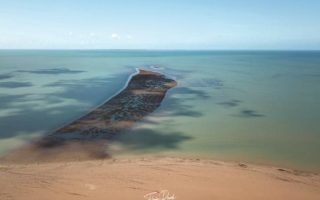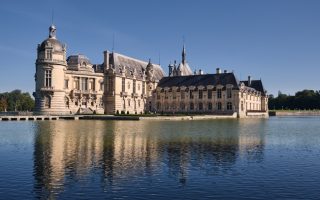10 Reasons to Visit the Opal Coast
Sponsored
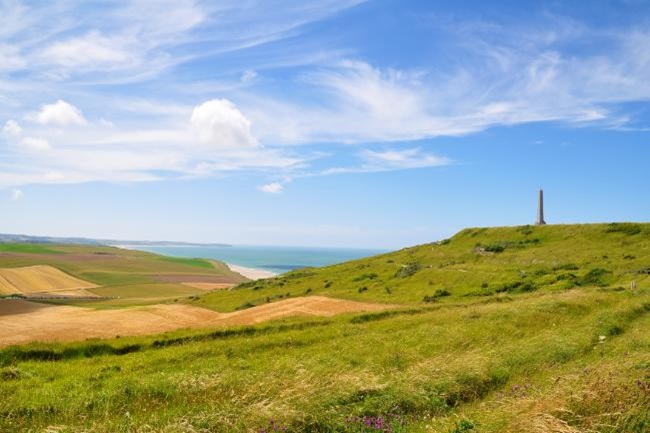
The Opal Coast or Côte d’Opale is located on the North Sea coast in the department of Pas-de-Calais and stretches from Calais to Berck-sur-Mer. Loved for its history, the region is dotted with charismatic fishing villages and unspoilt beaches.
1. Geographical proximity: A short ferry ride from Dover
The Côte d’Opale is a coastal region in northeastern France, in the departments of Nord and Pas-de-Calais, which extends over 120km of French coast between the Belgian border and the border with Picardy. Boulogne-sur-mer is considered the capital of the Opal Coast, and Le Touquet-Paris-Plage known as ‘the Pearl’ of the Opal Coast.
How to get there
By road: Autoroutes A16 – A1 – A26 have direct connections to the North-European autoroute network. Brussels and Rouen are 1½ hours, Paris is 2 hours. Folkestone to Coquelles is 35 minutes via the Eurotunnel.
By rail: TGV Nord: Paris – Calais Frethun: 1½ hours
Paris – Arras: 50 minutes. Eurostar: Paris – Calais Frethun: 1½ hours. London – Calais Frethun: 1 hour
By sea – take a ferry from France to the UK: DFDS and P&O Ferries Dover – Calais: 1½ hours.
Visit the Evancy website to see where you can stay.
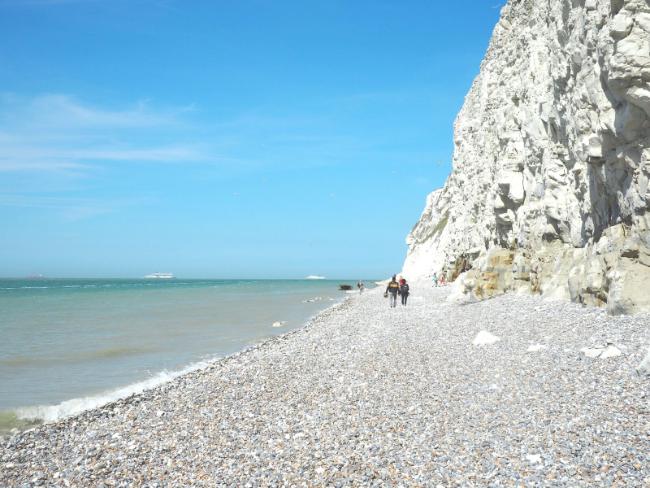
2. An Ideal destination for a short break or family holiday
The name “the Opal Coast” was coined in 1911 by Edouard Lévêque, a painter, writer, botanist and native of Le Touquet, who gave the coastline its name in tribute to the light that is ever changing. Today, the coast is distinguished by its well-preserved landscapes, architectural heritage, seaside resorts, and its fishing traditions. Each season has its own charm, making it an enjoyable place to stay from January to December. Don’t miss the spectacular chalk cliffs at Les Deux-Caps, the two capes of Cap Blanc-Nez and Cap Gris-Nez.
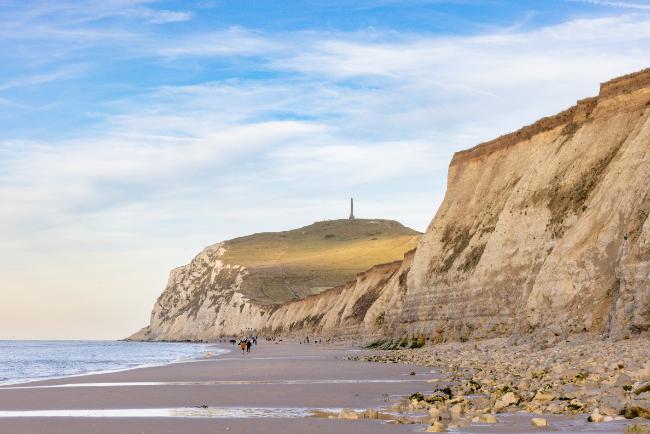
3. Great value-for-money
It’s easy to find affordable accommodation, such as the Evancy residences, which offer fully-equipped flats or villas for up to eight people, with high-quality hotel services. Their brand-new built accommodation brings comfort and well-being to guests. The apartments are cosy, with tasteful interiors and modern furniture to enjoy your stay, including a fully-furnished kitchen for self-catering.
You can discover the Northern France region thanks to Evancy’s numerous residences along the Opal Coast.
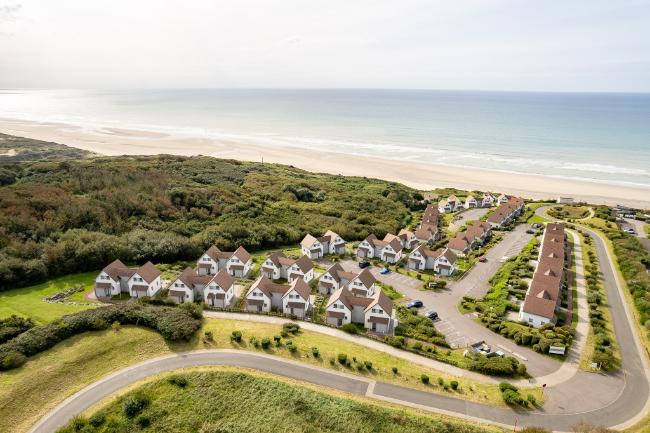
4. Magnificent beaches
The Opal Coast boasts a series of sand and pebble beaches, dunes, marshes, river estuaries and white chalk cliffs, ideal for relaxing and soaking up the sun without getting too hot. Head to Equihen Plage, which is very natural, or trendy Le Touquet Paris Plage, which is more lively with trendy beach bars.
The Opal Coast is also a surfer’s paradise, with its many fine sandy beaches and perfect waves. There are many places to surf, including: Wissant, not far from Calais and ideal for beginners; Cap Blanc-Nez, in the north, offering waves for more experienced surfers; Le Touquet on the eastern side which is popular for many water activities. Finally, Boulogne-sur-Mer is a top destination for surfing enthusiasts. The resort offers a beautiful sandy beach, powerful waves and a wide choice of surf spots.
Also worth mentioning is Hardelot, a small French commune in the Pas-de-Calais department, which has several kilometres of coastline bordered by cliffs and dunes and the town has several surf schools offering courses for all levels.
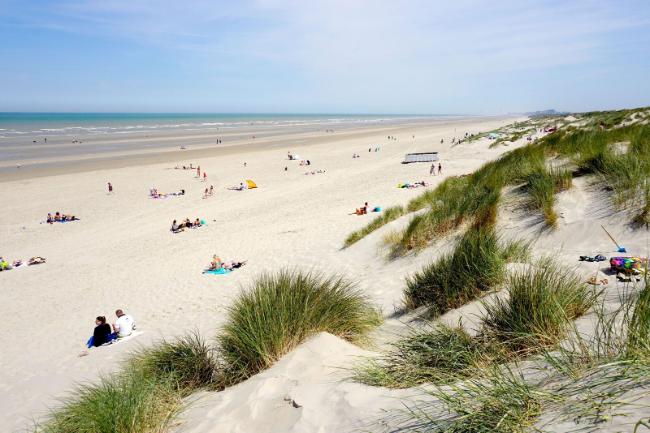
5. A variety of landscapes: dramatic cliffs, sand dunes and nature parks
The appellation Opal Coast was extended to the 120kms long coastline stretching from Dunkerque, near the Belgian border, to Mers-les-Bains, at the mouth of the Bresle. This littoral is known worldwide for its impressive chalk cliffs. Located between Calais and Boulogne, they are similar to the White cliffs of Dover. The 134m high Cap Blanc-Nez is located in Escalles, about 10kms south of Calais and in the Grand Site des deux Caps nature reserve, you can take a beautiful 16-kilometre walk between the Cap Blanc-Nez and the Cap Gris-Nez.
There is a footpath that goes from the top of the cape across the beach to the other side. The hiking trail La Boucle du Cap approximately 3 kilometres is also recommended.
The section of the Opal Coast situated north of Dunkerque is also known as the Dunes de Flandres, or Côtes des Dunes de Flandres. An exceptional coastal area which has been protected and enhanced thanks to the visionary alliance of four municipalities: Bray-Dunes, Dunkerque, Leffrinckoucke and Zuydcoote. The “Dunes of Flanders” have an extraordinary historical, cultural and maritime heritage dating back to the Second World War with Operation Dynamo – the Dunkirk evacuation- leaving its marks in local memory.
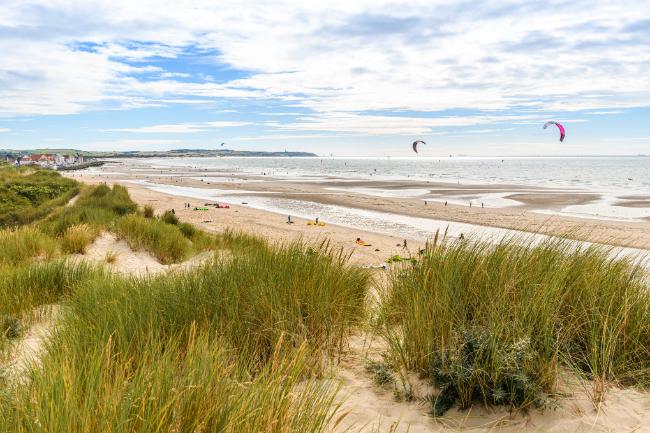
6. A family-friendly destination with a wide range of activities
Endless beaches, theme parks, shopping, water sports, hiking, and Nausicaá (the largest aquarium in Europe), there’s something to do for all ages. Its glorious countryside is perfect for hikers thanks to its national parks, hiking paths and cycling routes. Other activities include fishing, horse riding, water sports and fabulous golf courses – Golf course La Mer in Le Touquet (18 holes) is rated one of the top 100 courses in continental Europe. The Pas-de-Calais region is perfect for nature lovers and the ideal place to unwind and re-energise.
Approximately 40 minutes by car from Calais is Saint-Omer market town, worth visiting for its impressive Gothic Cathedral, full of art including a painting by Rubens, and a vast wooden door which marks the entry of King Louis XIV. It is also home to the Audomarois, historic marshlands, part of the Caps et Marais d’Opale Regional Nature Park. Spread over 22,300 hectares, with 700km of canals and home to an abundance of rare and endangered birds and insects, the area is a UNESCO listed biosphere reserve.
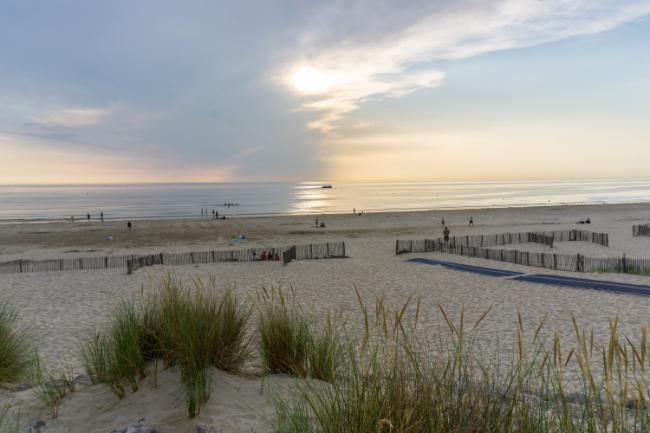
7. A strong historical and cultural heritage
Much of the Opal coastline has remnants of the Second World War starting with Cap Gris Nez, closest to the UK. There are many abandoned bunkers along this stretch of coast which you can visit.
The Dunkirk War Museum tells the incredible story of the Battle of Dunkirk and Operation Dynamo in May-June 1940, the largest evacuation effort in military history, a reminder of the heroic story of the evacuation of hundreds of thousands of Allied troops off the beaches by small boats in the summer of 1940. The Atlantic Wall Museum near Ambleteuse details the large concrete structures built along the Normandy and Opal Coasts by the Germans.
But the history goes back much further than the Second World War. The Roman Invasion of Britain gathered here in 55-43BC, and ever since the Opal Coast has been a well-defended northern bastion of France.
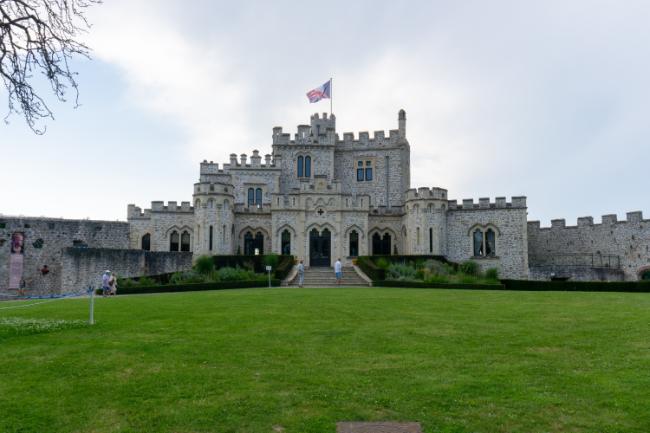
8. French gastronomy and art de vivre
The Opal Coast is a seafood haven from bulots (whelks), to crevettes grises (grey shrimps), moules marinières, lobster and local waterzooï stew. France’s border with Belgium is nearby and certain elements of its cuisine have crossed over; chocolate, waffles, French fries and beer as well as steak frites, savoury tarts and La Vieux Boulogne, dubbed ‘the smelliest cheese in the world’. AOC Maroilles is typical of the area. Made using cow’s milk, characterised by its rectangular shape, orange rind, soft texture and strong smell.
Boulogne-sur-Mer is home to the country’s largest fishing port, where you can find local fishermen selling their catch at the daily fish market. There are more than 70 species of fish hauled from the waters off France’s Opal Coast and the restaurants in the nearby seaside resorts such as Berck-sur-Mer and Étaples-sur-Mer benefit from their fresh stock.
Moving slightly inland, this area is equally appealing to those with a sweet tooth. At the Musée de l’Abeille d’Opale in Bouin Plumoison, dedicated to the Opal Coast’s bees, you can buy honey products. Meanwhile, chouchen (mead), also found in Brittany, is an apéritif that goes well with sweet or savoury fare.
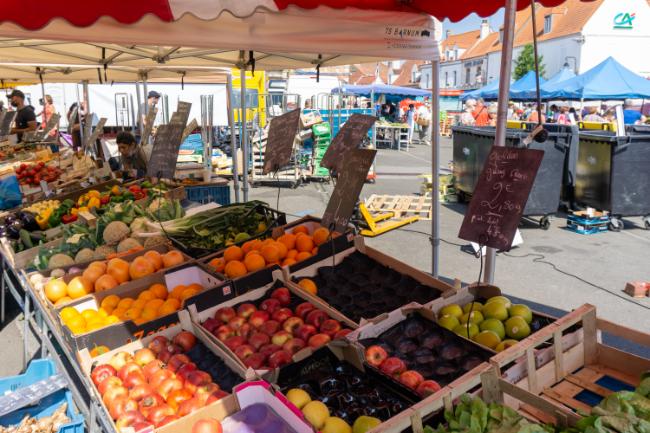
9. Small, picturesque seaside resorts:
The city of Calais is mainly known for its important port and impressive medieval castle. The city was founded in 997 by William the Conqueror and has played an important role in French and European history. It is a popular site for tourists and travellers, and there are many things to see and do in the port.
For example, Calais Castle was built in the 13th century by Philip Augustus, to protect the port from English invasion, the Musée des Beaux-Arts de Calais has a rich collection of 17th and 18th century French art and the Place d’Armes de Calais is a large square in the centre of Calais.
Along the coast, Wissant is one of the most beautiful beaches of the Opal Coast and popular with surfers.
Le Touquet-Paris-Plage and Wimereux are known for their Belle Époque houses, and Ambleteuse has a fort built by Vauban in the 17th century. Other towns include Boulogne-sur-Mer and the fortified town of Montreuil-sur-Mer.
In the Nord department, the seaside resorts of Bray-Dunes and Malo-les-Bains offer plenty of sports activities from kitesurfing to speed sailing and sand yachting.
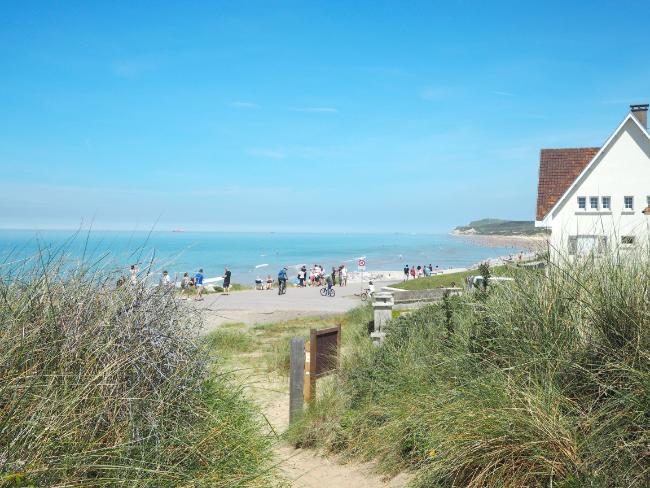
10. Friendly locals: a region renowned for its genuine, friendly welcome
Pas-de-Calais is said to be one of the friendliest places in France and the locals have a passion for their heritage. Not only this, the gourmet town of Montreuillois Côte d’Opale is known for its delicious regional dishes where you can stroll through the streets visiting local craftspeople and retailers, tasting artisan products and locally-sourced produce.
Thanks to these producers, breeders, restaurant owners, and wine merchants, tourists can find the perfect combination of gourmet and gastronomy set in a warm, friendly inviting atmosphere.
Share to: Facebook Twitter LinkedIn Email
More in beach, coastal towns, north of France, northern coast, Opal Coast
Leave a reply
Your email address will not be published. Required fields are marked *

